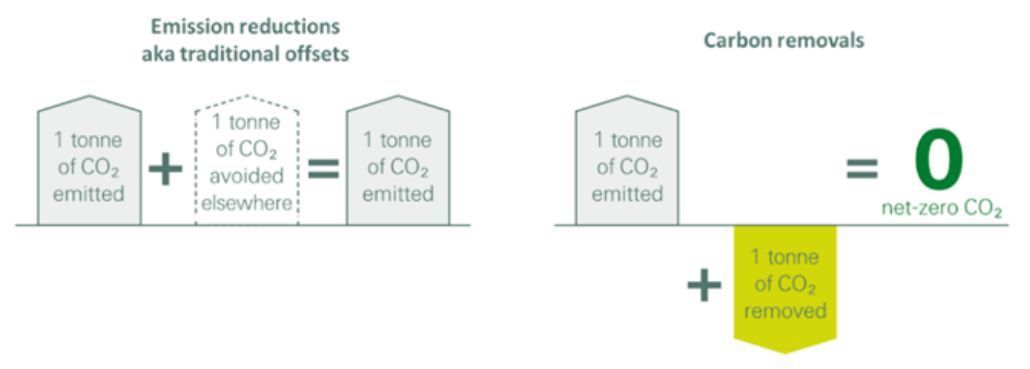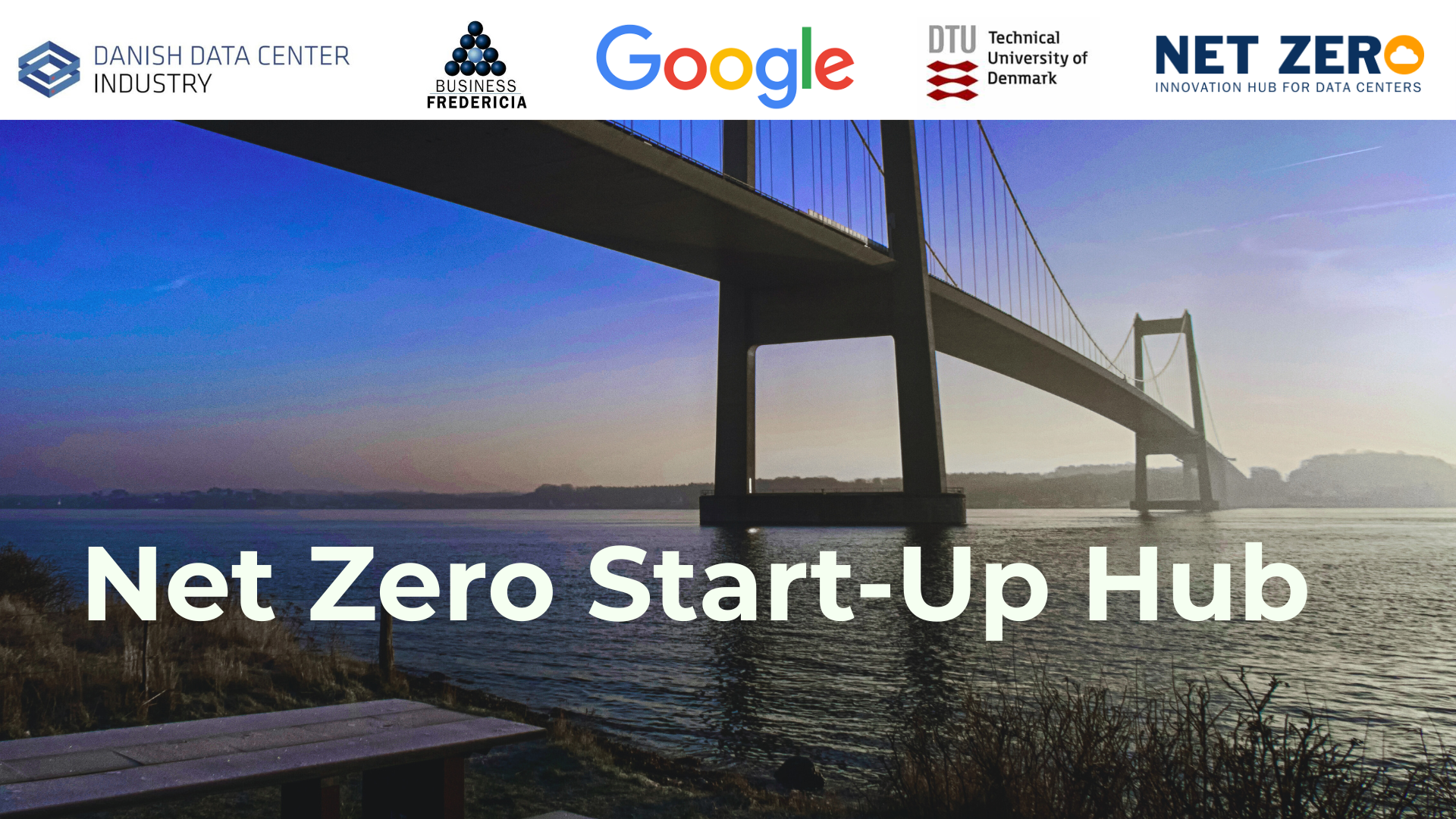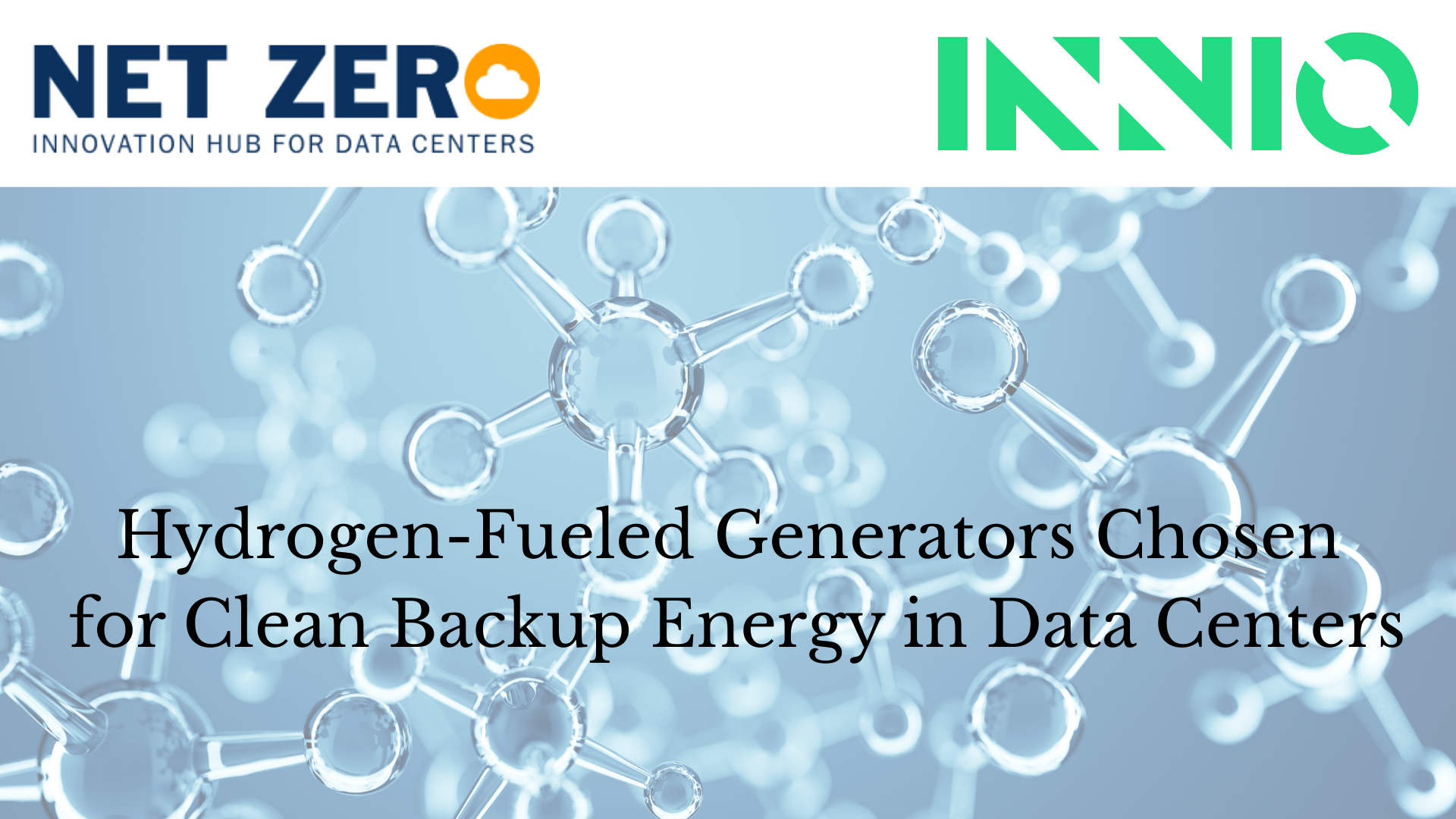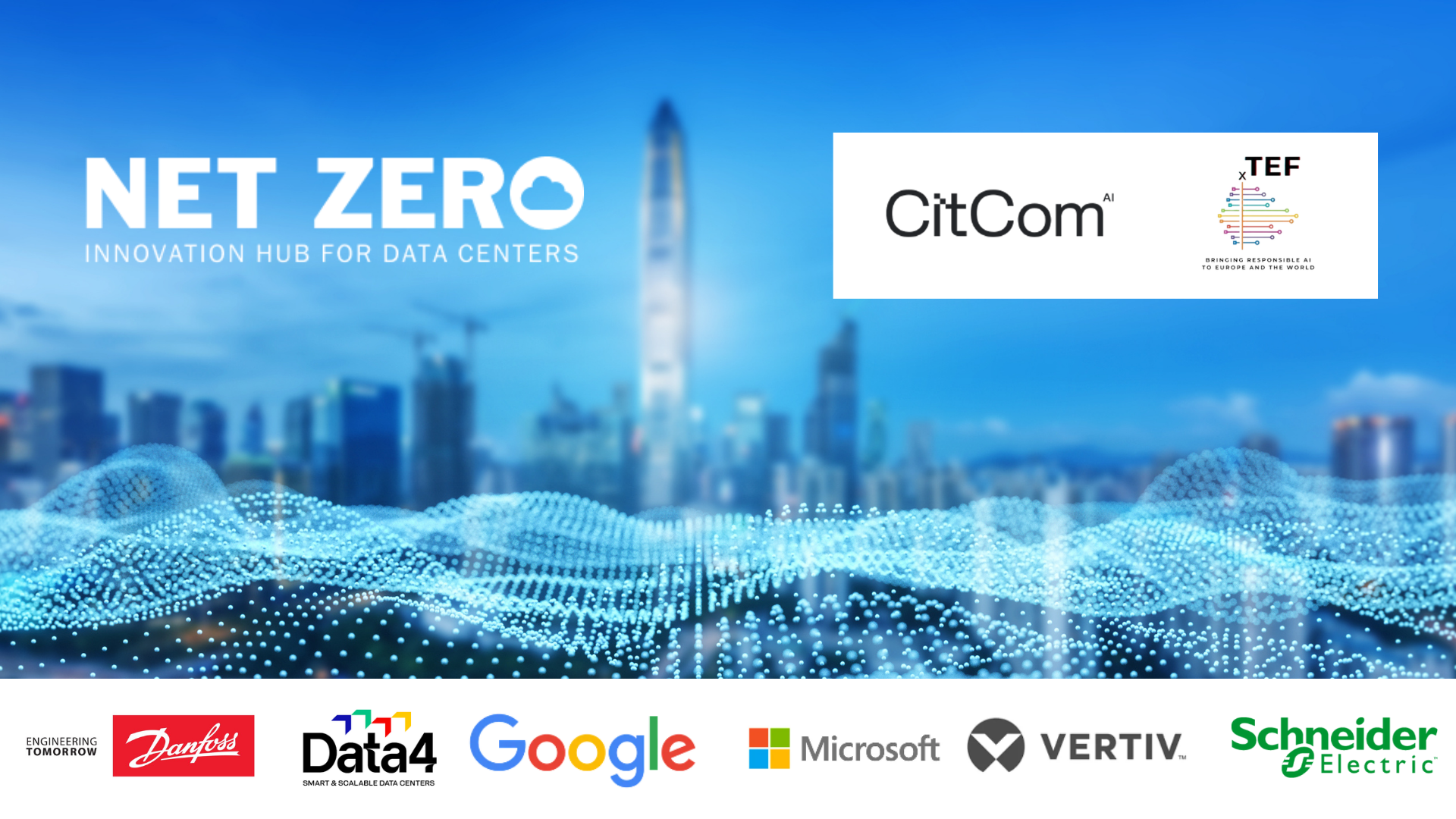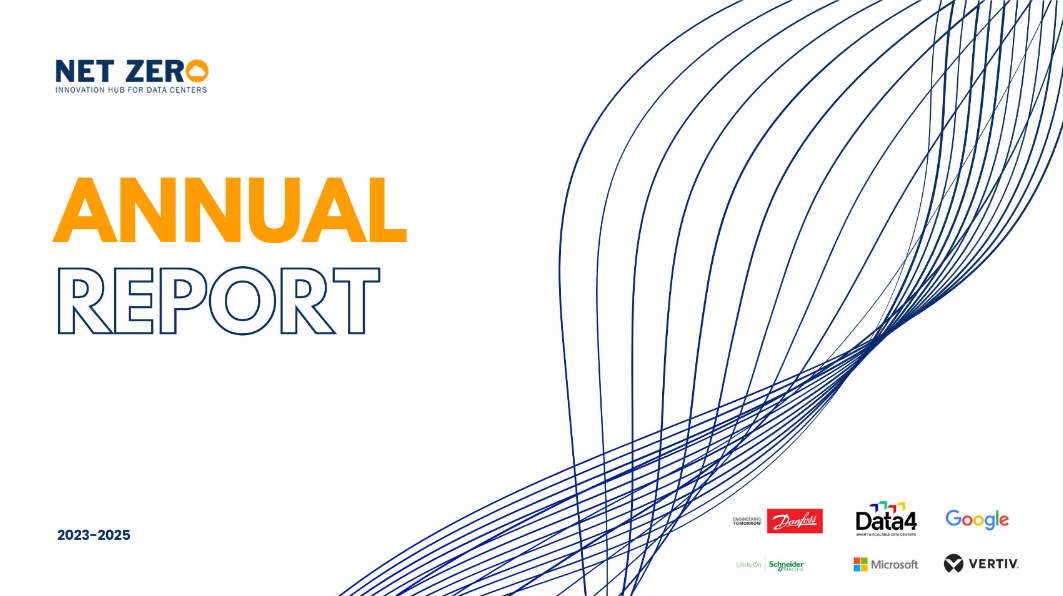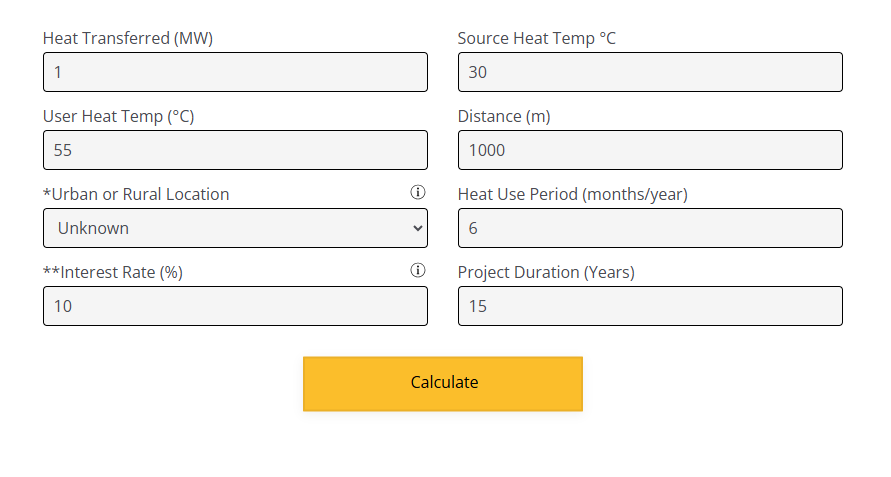Google raises the bar from carbon neutrality to net-zero carbon
Net Zero Innovation Talks by Alberto Ravagni
Net-Zero vs. Carbon Neutral
There is a key distinction between a carbon-neutral goal and a net-zero emissions goal. Carbon neutrality is often achieved by purchasing carbon credits.
The approach has 2 main limitations:
- Purchasing credits does not necessarily reduce emission at the source.
- The quality of the credits or certificates is difficult to guarantee in practice.
Carbon credits are often linked to carbon reductions versus assumed baselines, leading to measurement, double-counting and additionality issues.
The efforts to achieve carbon neutrality did contribute to the growth of renewables and the funding of several carbon reducing projects. However, aiming at carbon neutrality is not sufficient to achieve climate goals.
Net Zero
The key metric of Net Zero is the amount of CO2 (GHG-equivalent) added- or removed - from the atmosphere. This can be physically measured and verified.
The Net Zero approach is based on 2 steps:
- Reduce emission at the source
Net Zero first focus is reducing emissions at the source as much as possible
- Remove the remaining emissions
After reducing the emission as far as technically and economically feasible,
the remaining emissions shall be removed from the atmosphere, resulting
in Net Zero addition of GHG to the atmosphere.
Achieving Net Zero requires different technical solutions than the neutrality approach.
- Firm, controllable Energy sources,
- Short- and long-term Storage to firm intermittent renewables
- Carbon removal technologies.
Time-matched, 24/7 Carbon Free Energy generation is key to reduce source emissions.
The list of controllable, carbon free power generation is quite short:
- Hydro
- Geothermal
- Carbon capture and storage (leading to zero emission if applied to fossil fuels, and to carbon removal using sustainable biofuels - BECCS)
- Nuclear
Every solution comes with its own set of challenges, and all solutions will be needed at scale.
At the COP 28 in Dubai, 200 countries pledged to triple the renewable power capacity. Renewables’ share increased to a record 14.6% in 2023.
Together with nuclear, they represented over 18% of total primary energy consumption. Tripling that is a great goal.
Today 82% of power generation is fossil fuel based and in 2023, for the first time ever, energy-related emissions exceeded 40 Gigatons CO2e .
Every zero carbon energy source and every carbon removal technology will be needed to reverse this trend. All solutions will be measured with the same metric: GHG added (or removed) from the atmosphere.
All solutions share the same goal: scale-up innovation to move the needle on the CO2 concentration in our atmosphere.
Impact of AI
How is this compatible with the AI-driven explosive growth of energy demand for data centers?
AI can have a net-positive impact on global GHG emissions. This is a central goal not only for the data center industry, but for the global industry. Using AI can reduce GHG emissions by between 2.6 and 5.3 gigatons of CO2e (BCG group). A Gigaton is 1000 Million tons.
This should be compared with data centers emissions 2023 Google emissions (e.g. ca. 14m tons, Microsoft: ca. 17m tons), and with the 40 gigatons emitted globally, from the energy sector alone.
The Net Zero Innovation Hub supports data center growth and accelerates Net Zero goals by de-risking innovation, standardizing solutions, aggregating demand, reducing costs and executing first-of-a-kind projects.
Stay tuned, reach out to join our program to move the needle on the CO2 concentration in our atmosphere.
